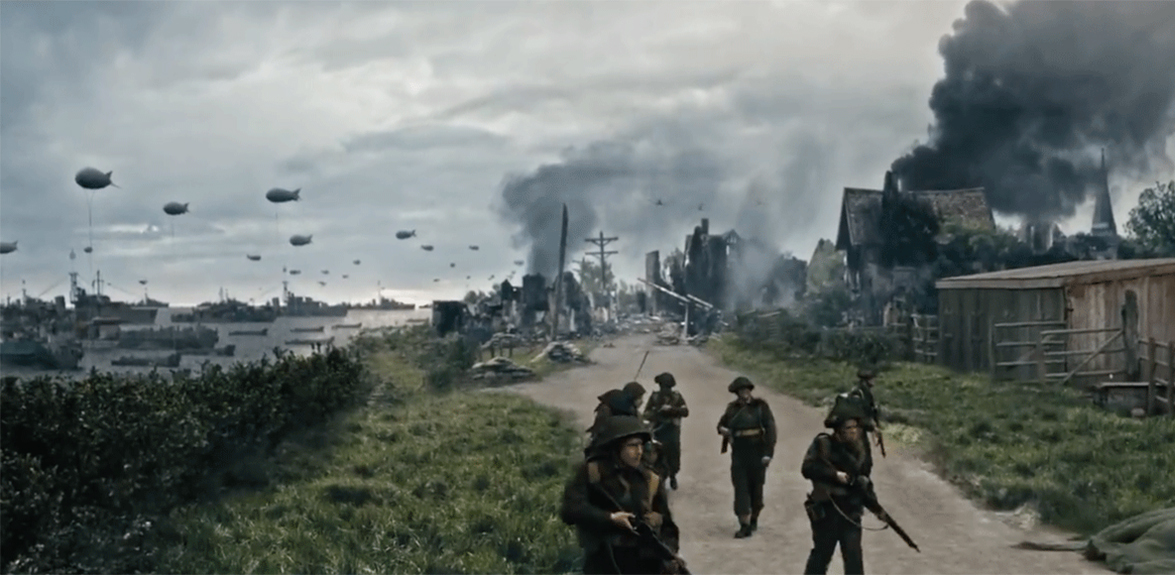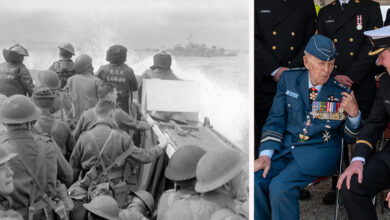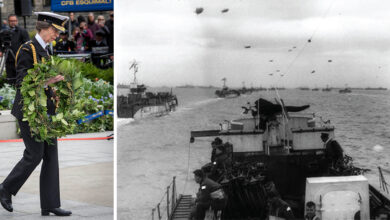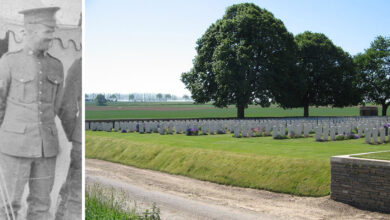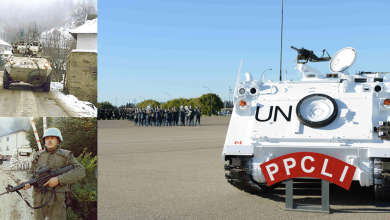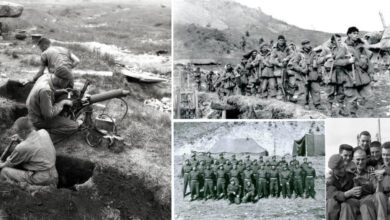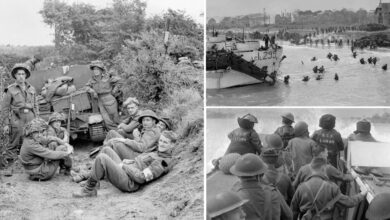History
Remembering D-Day 76 years later
Historica Canada marked last year’s 75th anniversary of D-Day by creating a Heritage Minute. View the video below. Image courtesy of Historica Canada
Today is the historical day 14,000 Canadians stormed Juno Beach 76 years ago.
D-Day, also known as Operation Overlord, marked the beginning of the Battle of Normandy, a turning point for the Allies during the Second World War.
Together, nearly 150,000 Allied troops from the United States, Britain, and Canada, landed or parachuted into the invasion area. The Allies also were able to get 6,000 vehicles across the English Channel.
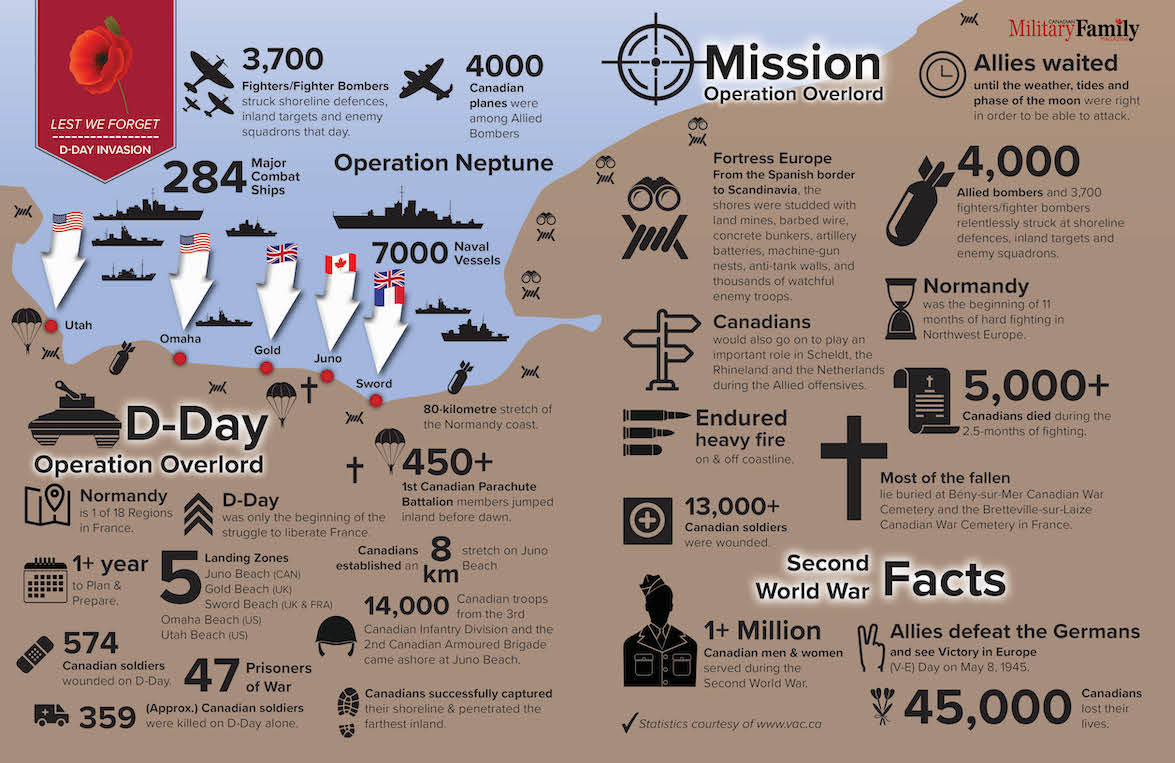
“The vast majority of men with the 3rd Canadian Infantry Division, who would go ashore at Juno Beach, had no combat experience. Like Fred Moar, a lieutenant with New Brunswick’s North Shore Regiment, they had been training hard in Scotland and England for more than a year: ‘We had no idea what we were getting into,’ said Moar. “But we were ready for anything. We considered ourselves the best,” Moar shared with the Canadian Encyclopedia.
Canadian troops from the 3rd Canadian Infantry Division and the 2nd Canadian Armoured Brigade came ashore at Juno Beach, where they were successful in capturing their shoreline. They penetrated the farthest inland of all the allies and established an 8 km stretch on Juno Beach.
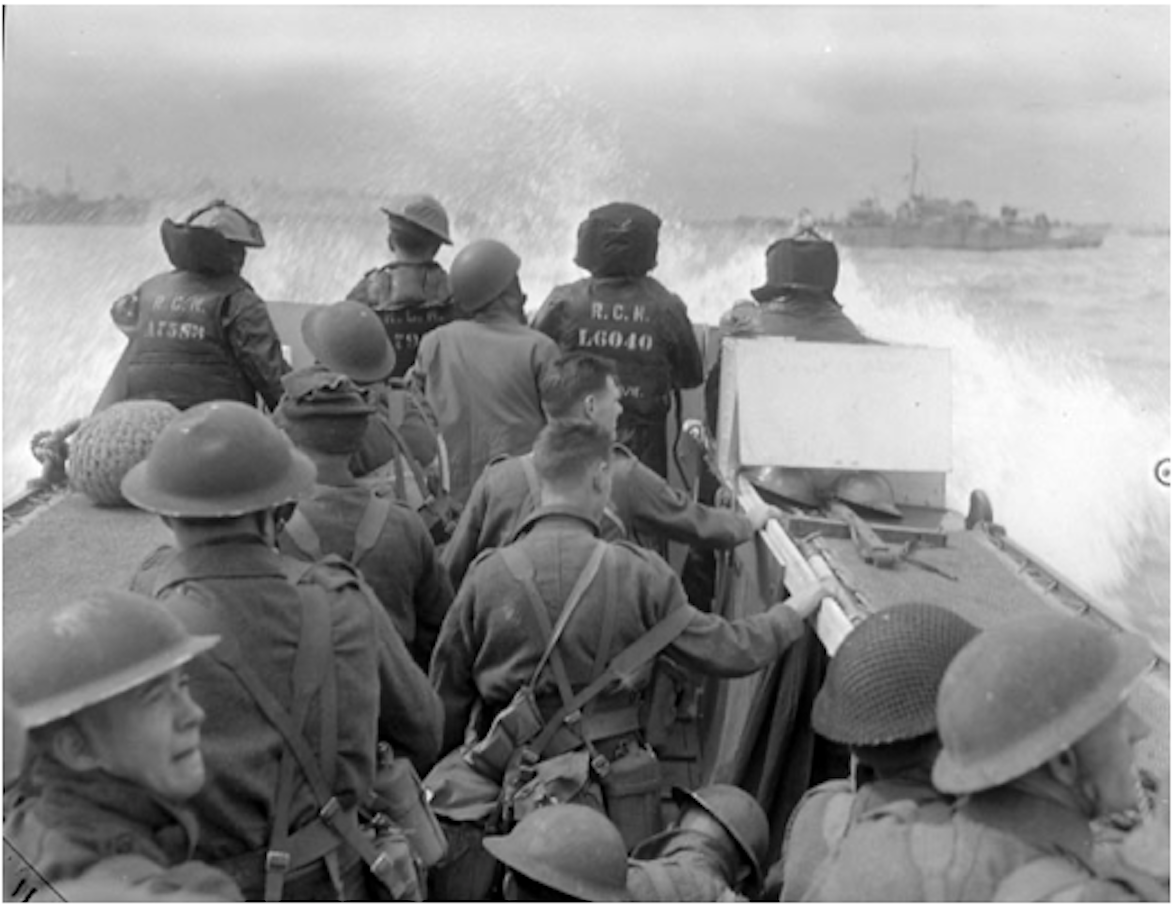
However, it came at the cost of 1,074 Canadians casualties, with 339 losing their lives.
Overall the Allies suffered over 10,000 casualties on D-Day. The five landing locations were secured by June 11, 1944, with the Battle of Normandy lasting 85 days as Allies moved through France.
By the end of the battle, August 29, 1944, the Allies had liberated Paris, at the cost of 209,000 Allied casualties, 18,700 were Canadians. Over 5,000 Canadian soldiers lost their lives during the two and half month battle.
“Most of the men who fought on D-Day were not, and never will be, well-known. They were ordinary Canadians who made unthinkable sacrifices,” said Anthony Wilson-Smith, President and CEO of Historica Canada. “In sharing the story told in this Minute, we honour the memory 75 years later of all those who fought and risked everything they had.”
To commemorate the 75th anniversary of D-Day, last year, Historica Canada created a Heritage Minute. The minute marks Major Archie MacNaughton and his troops storming Juno Beach on June 6, 1944. A veteran of the First World War, Major MacNaughton was not obliged to return and fight again, but he felt it was his duty to lead his company.
D-Day took years to plan, and once ready to execute, the Allies waited until the weather, tides, and phase of the moon were optional in order to attack.
For the Operation Overlord, the Royal Canadian Navy contributed 110 ships, with 10,000 sailors and the Air Force contributed 15 fighter and fighter-bomber squadrons to the assault.
In total, 6,939 ships and landing vessels, 2,395 aircraft, and 867 gliders contributed to the Allies’ invasion.
D-Day was the beginning of the liberation of France and the Victory of Europe. Eleven months later, the Allies would achieve their goal, and on May 8, 1945, the Nazis surrendered. Many milestones happened between D-Day and V-E Day, Victory in Europe Day.
Over one million Canadian men and women served during the Second World War.
While it does not depict the Juno Beach landing, to get a sense of what Allied troops endured, the scene, from Saving Private Ryan, depicts the arrival of U.S. troops on Omaha Beach.
Lest we Forget.


